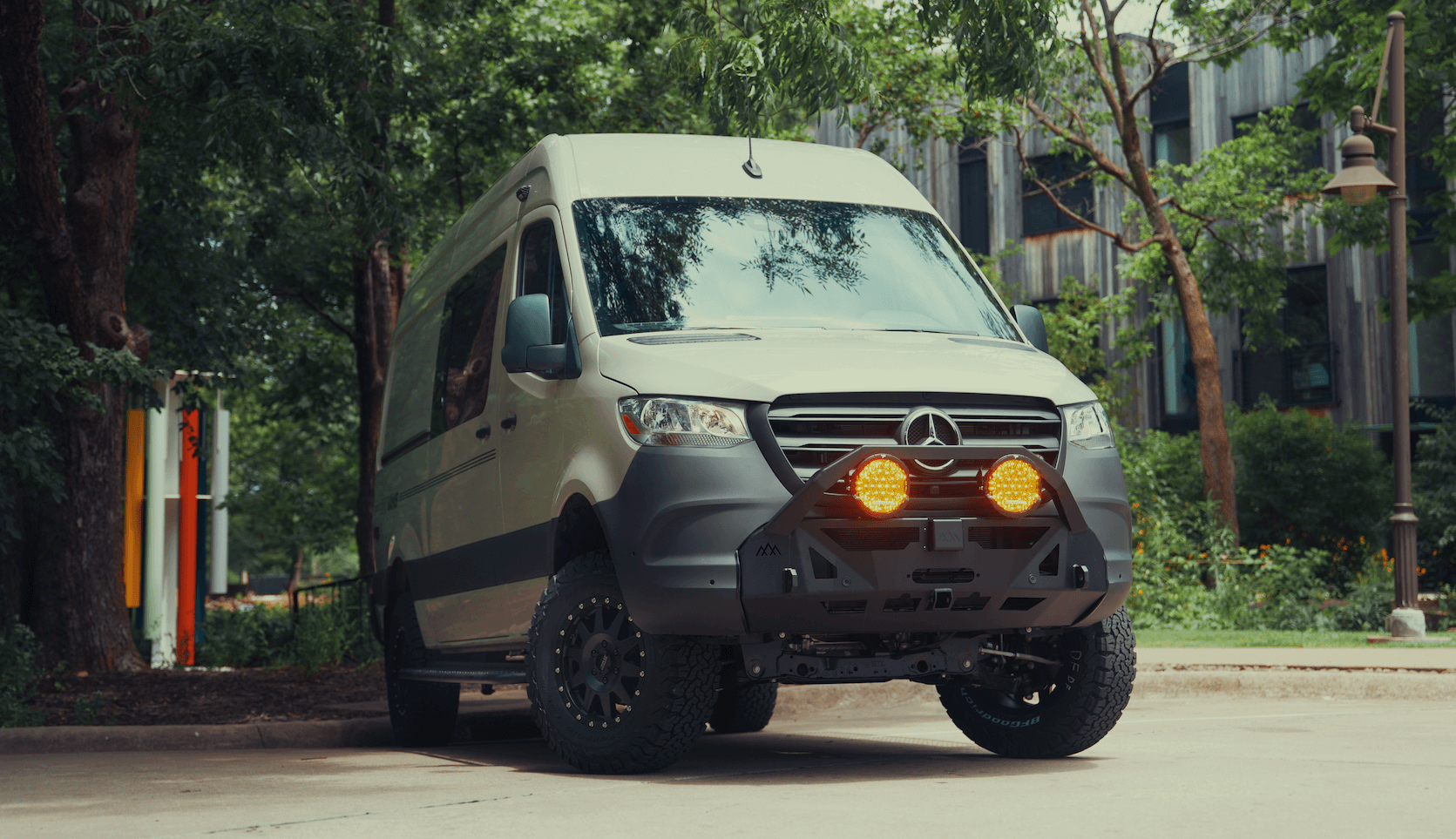Recreational Vans

Motorcycle weight and hitch class must align. Most carriers fit a two inch receiver that corresponds to a class three or higher hitch. Your target number is tongue weight, which is the downward force at the receiver. Stay within the lowest rating between the carrier, the hitch, and the vehicle. A light trail bike plus steel carrier can approach the limit on smaller SUVs. A heavier adventure bike demands a stout hitch and a vehicle rated for the load.
Leverage is just as important as static weight. The carrier and bike sit behind the bumper, so each bump adds dynamic force at the receiver. Long hitch extensions or swing arms multiply that leverage and can cut effective capacity. If you use an extension, assume a significant reduction of allowable tongue weight and confirm the numbers with the manufacturer. Anti wobble devices help stability but they do not increase the rating.
Consider the carrier itself. Steel carriers are strong and cost effective but weigh more. Aluminum models save weight and resist corrosion. The rail width, ramp length, and integrated wheel chock affect ease of loading. A longer ramp lowers the angle, which is safer for tall adventure bikes or soft ground.
Good tie downs are non negotiable. Use quality ratchet or cam buckle straps rated for your bike’s weight, paired with soft loops to protect contact points. The front end should be anchored high and wide to the vehicle, not just to the carrier rail, to resist sway. Compress the suspension slightly to keep the straps tight over bumps, but avoid bottoming the forks.
Check the straps after the first few miles. Vibration can settle the load and create slack. Add a wheel chock or fork support block if your carrier allows it. Protect painted surfaces with sleeves or towels where needed.
Choose stable ground with good footing. Line up straight behind the carrier. If riding the bike up feels risky, walk it with the clutch and front brake while a helper spots from the opposite side. Keep your hips close to the bike and your eyes on the rail. If the ramp is narrow or wet, add a second person to stabilize at the bar end.
Rear access changes with a carrier installed. Many vans lose the ability to open rear doors with a bike on the tray. Some carriers offer a tilt feature for partial access, but plan to load gear before mounting the bike. Mind ground clearance and departure angle. If the receiver sits low, the carrier may contact steep driveways or rutted tracks. A raised shank can help, though it also raises the loading height.
Lighting and plate visibility are legal concerns. If the bike or carrier blocks tail lights or the plate, add auxiliary lights and a plate relocate bracket tied into the trailer plug. Some states require a flag or light for overhang at night. Measure how far the tire extends past the bumper and review your local rules.
Weight behind the axle changes handling. Expect more rear squat, lighter steering, and longer braking distances. Air helper springs, upgraded shocks, or progressive rear coils can restore ride height and stability. Tire pressure should match the increased rear load within the sidewall limits. Keep heavy cargo forward of the rear axle to balance the system.
Salt and water accelerate corrosion. Rinse the carrier, hitch, and hardware after winter drives or beach trips. Inspect welds, bolts, and the receiver pin before each haul. Replace frayed straps immediately. Store the ramp and straps in a dry bin so they are ready for the next ride.
Not all motorcycles load the same. Lightweight dirt bikes are easier to manage and place less strain on the hitch. Large adventure or sport touring bikes may exceed practical limits for smaller platforms even if the numbers look close on paper. If your rear camera or parking sensors give constant alerts, consider disabling proximity sensors while the carrier is mounted, then re enable them after unloading.
For long trips, redistribute interior cargo, verify tire condition, and plan fuel stops with extra braking distance in mind. A quick walk around at every break keeps straps tight and eyes on any new rub points.
If your calculations push the edge of ratings, a small trailer may be safer. It moves weight to the axle and keeps steering more predictable. The trade off is storage and maneuvering. For many drivers, a properly matched hitch carrier remains the simplest solution when the load fits within the true working limits.
If you want your van or SUV dialed for a motorcycle carrier, our team can match hitch hardware to your platform, integrate lighting and a plate relocate, and tune suspension so the vehicle sits level and tracks straight. We engineer for real world loads, not just the spec sheet, and we validate fitment for your motorcycle and travel plans. Explore our Recreational adventure vans to see how we build around life on the road, consider a Custom build van tailored to hauling a bike, or review Mainstream vans that can finance through traditional channels.
Ready for a hitch carrier that feels invisible until you need it, with the handling and safety to back it up? Share your platform and motorcycle details, and we will spec the right path from hardware to suspension to wiring, all under one roof in Fayetteville Arkansas.
Build the carrier ready van you will trust on every mile. Submit the form and our specialists will respond with a clear plan and timeline.
Ready to carry your bike with confidence and keep your van balanced, compliant, and road trip ready? Tell us about your platform and motorcycle. We will spec the right hitch solution, dial the suspension, integrate lighting, and deliver a carrier setup that simply works. Submit the form and our team will map your build path today.
ADDRESS:
6159 E Huntsville Rd, Fayetteville, AR 72701
PHONE:
(479) 326-9200
EMAIL:
info@ozkvans.com